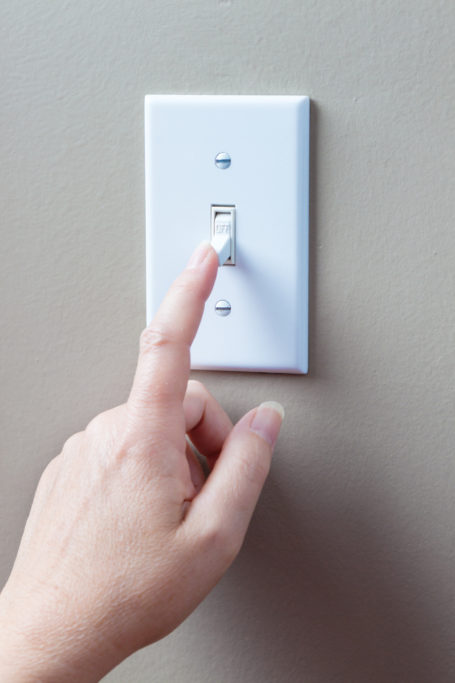Can You Sell a House with a Lien on It?
Selling a home is already a complex process, but when a lien is involved, things can get even more complicated, especially since it must typically be resolved before the sale can go through.
Don’t let that deter you from putting your listing up, though. With careful planning and the right strategy, you can go from “For Sale” to “Sold” in no time.

Understanding property liens
The first step is to understand what a lien is and why it matters. In short, it is a legal claim placed on a property by a creditor or government agency due to unpaid debts, and it may either be voluntary or involuntary. The most common type of the former is a mortgage lien, which your lender will place upon authorizing your loan. Since it is just a safeguard until your balance is paid off and is not an indication of delinquency on your part, it often won’t get in the way of a home sale. In fact, most homeowners use the proceeds from said sale to clear their debt.
Involuntary liens, however, can complicate the home-selling process, often requiring that they be cleared before the title can be transferred to a new owner. Some examples include:
- Tax liens: Unpaid property taxes can result in a lien being placed by the government.
- Mechanic liens: Contractors or suppliers who weren’t paid for work done on the home can get a lien.
- Judgment liens: If a homeowner loses a lawsuit and owes money, the court may put a lien on the property.

Steps to selling with an involuntary lien
Identify any existing liens
Before listing your home, it’s crucial to determine whether any liens exist. Start by checking with your county recorder’s, clerk’s, or record’s office, which you can either do in person or online. You can also review your credit report, where it may be listed in the public records section, utilize a free service like PropertyChecker, or request a title search from a firm. If a lien is discovered, don’t panic—there are several ways to move forward.
Settle the lien before closing
The most straightforward way to sell a home with a lien is to pay off the debt before closing. But in cases where doing so isn’t financially feasible, negotiating with the creditor may be an option; some may be willing to accept a lower amount in exchange for a quick resolution. Alternatively, if the home’s sale price is high enough, they may agree to let you use the proceeds from the sale to cover the lien at closing.
Seek a lien release or satisfaction
Once a lien is paid off, the creditor should provide a lien release or satisfaction document. This paperwork must be recorded with the county to officially clear the title. Without it, the lien could still appear in property records, which could delay or complicate the sale.
Consider a short sale (if applicable)
If you fall behind on your mortgage payments and owe more than your home is currently worth, a short sale might be an option. This can help you avoid foreclosure and take a smaller hit to your credit score. Just note that the process requires lender approval, can take time, and doesn’t necessarily prevent you from being responsible for the remainder of the debt.
Sell with the lien (in some cases)
Although less common, some buyers—particularly real estate investors—may be willing to purchase a home with a lien and take responsibility for clearing it. However, this often results in a lower purchase price since they’re adopting the financial risk, and it may complicate financing options for traditional homebuyers, limiting your pool of interested parties.
While it is possible to sell a house with a lien, it requires taking the necessary steps to address or resolve the debt. The key is to be proactive—identifying any liens early, working with professionals such as a real estate attorney, and exploring the best resolution strategy for your situation. Get expert help and craft a well-informed approach, and you can move forward with greater confidence.


















